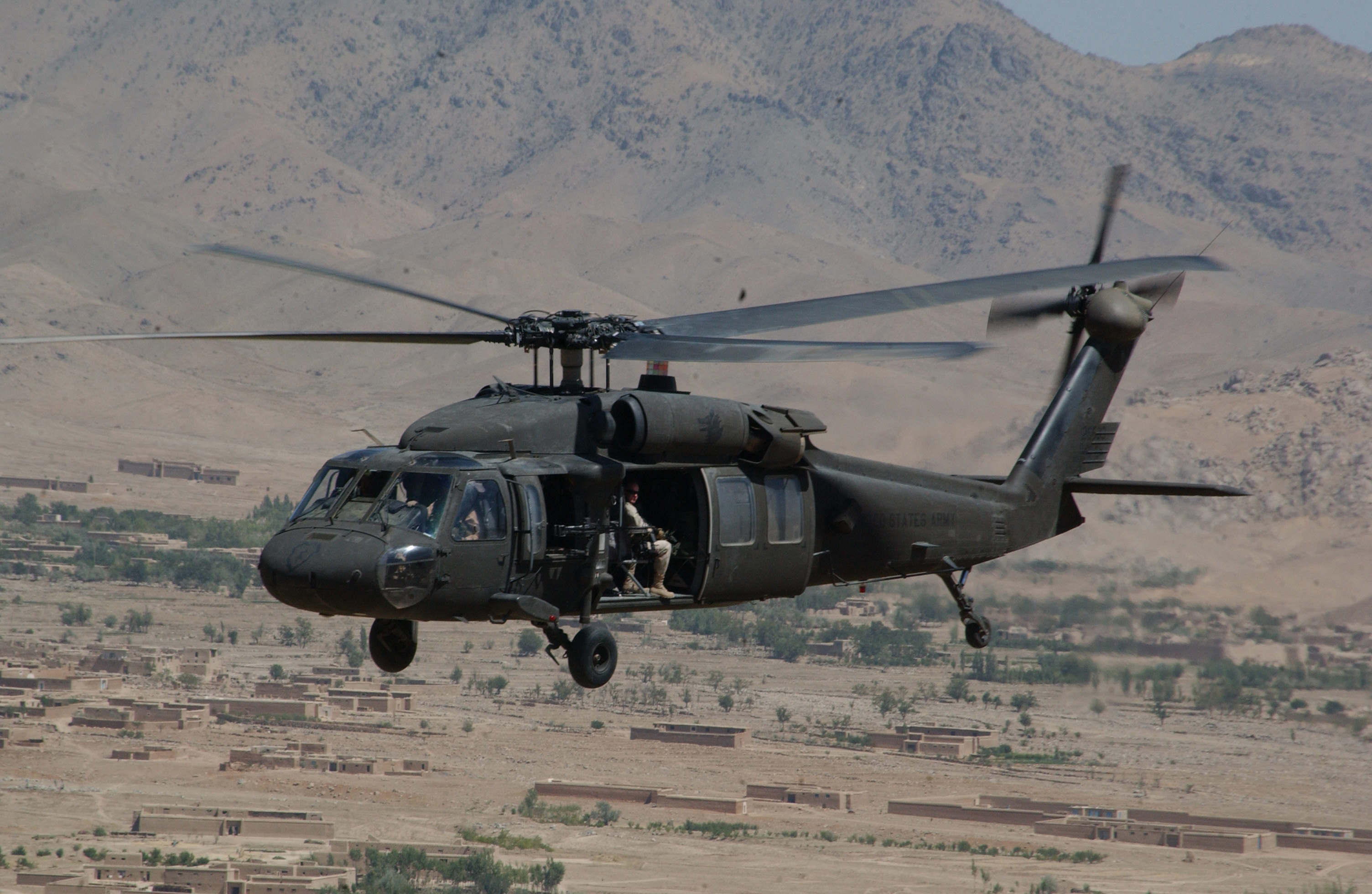Comprehending the Efficiency Capacities of the UH-60 Blackhawk Helicopter
UH 60 Helicopter Demystified: A Closer Look at Its Benefits and Core Elements
The UH-60 helicopter, often shrouded in a shroud of enigma, stands as a powerful aircraft with a myriad of advantages that make it a crucial asset in both army and noncombatant operations. From its robust engine and propulsion system to its intricate avionics and interaction devices, the UH-60 is a wonder of modern engineering. Its structural layout and sophisticated products play a vital function in its performance and resilience. As we dig into the core components and operational capacities of this versatile helicopter, a much deeper understanding of its importance in numerous markets emerges, losing light on its critical duty in air travel.
Advantages of UH-60 Helicopter
The UH-60 helicopter attracts attention for its extraordinary flexibility and integrity in a wide variety of goals. One of its crucial benefits is its ability to adapt to numerous functions, such as army transportation, medical emptying, search and rescue, and fight assistance. This versatility makes it a useful asset to military forces worldwide. An additional benefit of the UH-60 is its outstanding performance abilities. With a full throttle of over 150 knots and a series of around 320 maritime miles, the UH-60 can swiftly carry workers and tools over long ranges. Additionally, its sophisticated avionics and navigating systems enhance situational awareness, allowing pilots to run securely in varied settings, consisting of unfavorable weather and harsh surfaces. In addition, the UH-60's durable construction and powerful engines add to its reliability, ensuring that it can efficiently perform missions in even the most tough conditions. In general, the UH-60 helicopter's adaptability, performance, and integrity make it a recommended option for a wide variety of operational demands.

Engine and Propulsion System
Engineered to drive the UH-60 helicopter via the skies with precision and power, the engine and propulsion system develop an integral part of its operational effectiveness. The UH-60's propulsion system consists of a four-bladed primary blades system and a tail blades, which function in tandem to give security, ability to move, and control during flight. With each other, the engine and propulsion system allow the UH-60 to execute a wide range navigate to this website of missions, including troop transport, medical evacuation, and search and rescue operations, with dependability and performance.

Avionics and Communication Devices
Avionics and interaction devices play an important role in boosting the operational abilities and situational recognition of the UH-60 helicopter. uh-60 blackhawk. The UH-60 is equipped with sophisticated avionics systems that consist of his comment is here electronic displays, interaction radios, navigation systems, and mission-specific equipment. These systems supply the aircrew with essential information such as aircraft performance information, navigating guidance, climate updates, and communication channels to engage with ground control and various other airplane
One trick component of the avionics suite is the Multi-Function Show (MFD), which consolidates vital trip info onto a single screen, decreasing the pilot's workload and boosting situational awareness. The UH-60 also features an advanced interaction system that permits smooth control in between staff members and outside companies.
Moreover, the helicopter is outfitted with radar systems for surface mapping and hazard discovery, boosting its capacity to run in diverse atmospheres. Generally, the combination of sophisticated avionics and interaction devices makes sure that the UH-60 stays an extremely qualified and reliable system for a vast array of missions.
Structural Layout and Products
Including innovative materials and innovative layout strategies, the structural integrity of the UH-60 helicopter is optimized for efficiency and durability. The UH-60's airframe is primarily created from lightweight yet robust products such as light weight aluminum and composite fibers. useful link These materials supply a high strength-to-weight proportion, vital for making sure the helicopter's ability to move and architectural strength during trip procedures.
The helicopter's main rotor blades are typically made from composite products, offering enhanced stamina and fatigue resistance contrasted to standard steel blades (uh-60 blackhawk). This layout option adds to boosted aerodynamic efficiency and decreases upkeep demands over time

Duty in Armed Force and Civilian Operations
The architectural style and products of the UH-60 helicopter play a critical duty in identifying its effectiveness and flexibility in both military and private procedures. In army setups, the UH-60, likewise known as the Black Hawk, offers a wide variety of essential features.
In noncombatant operations, the UH-60 is commonly employed for emergency medical services, firefighting, police support, catastrophe alleviation efforts, and search and rescue objectives. Its ability to promptly transfer personnel and cargo to remote or otherwise unattainable places has verified critical in conserving lives and providing vital help throughout emergencies. The UH-60's dependability and versatility make it a preferred choice for various civilian companies seeking effective and trustworthy aerial support.
Conclusion
